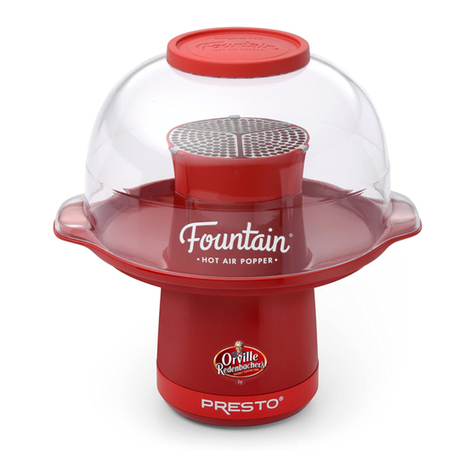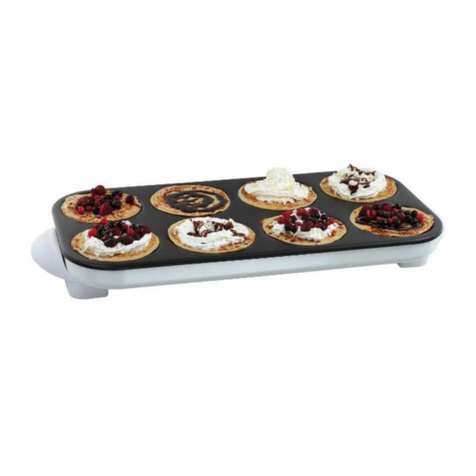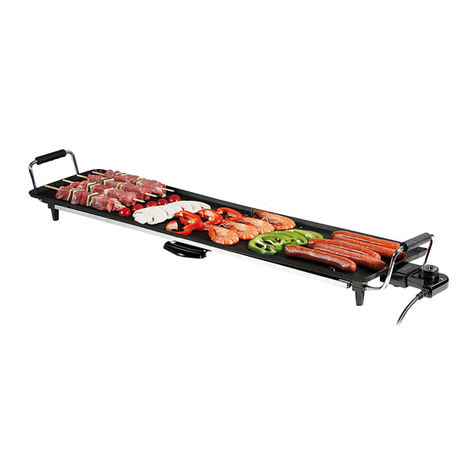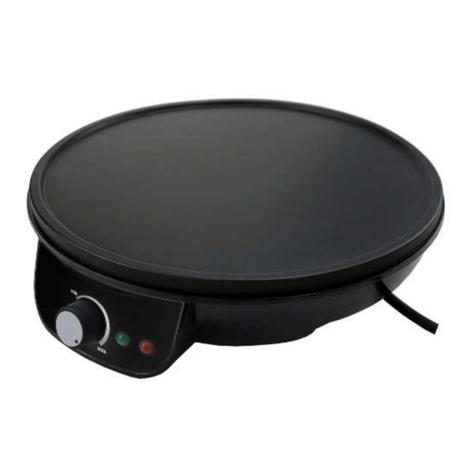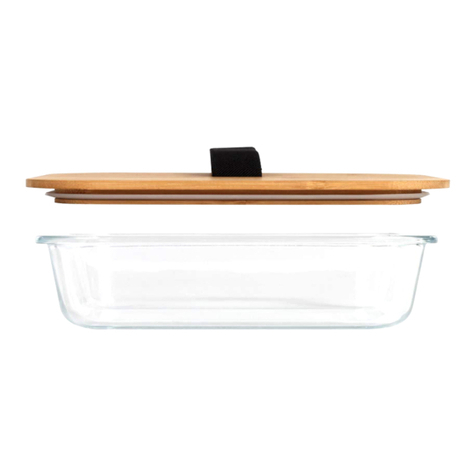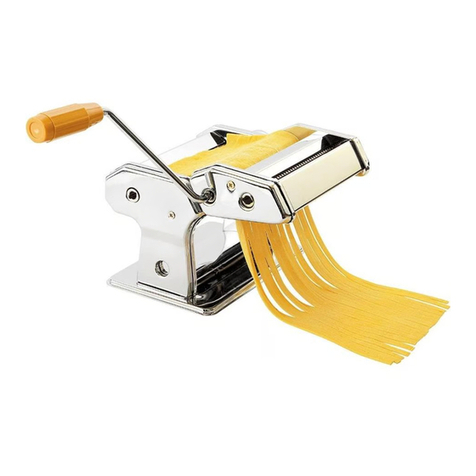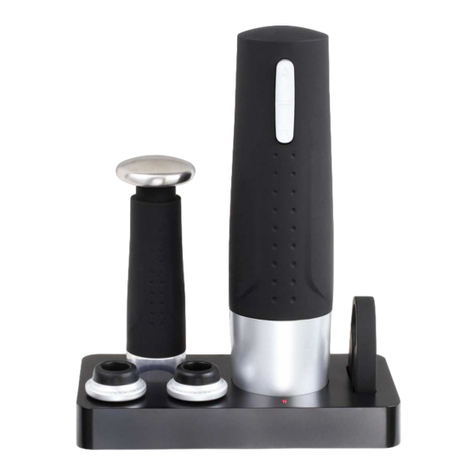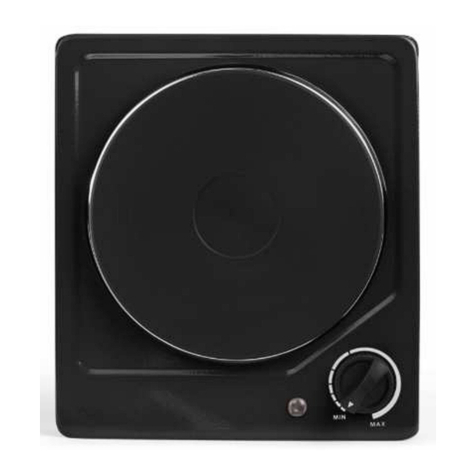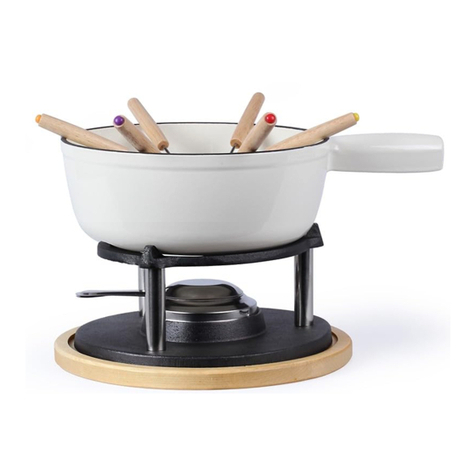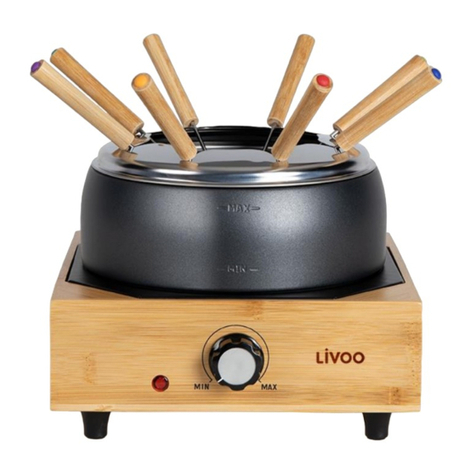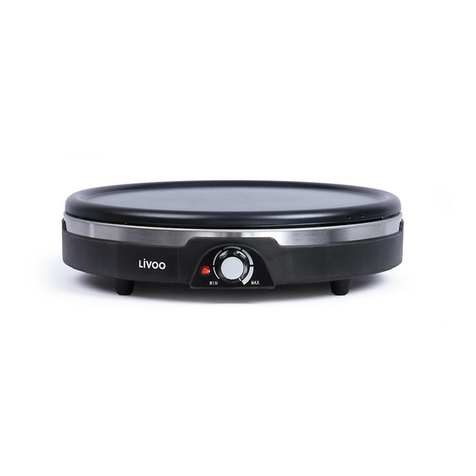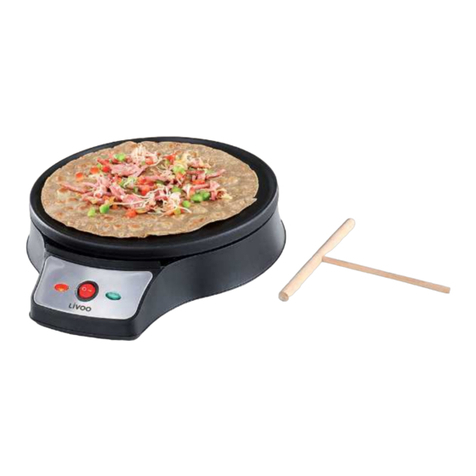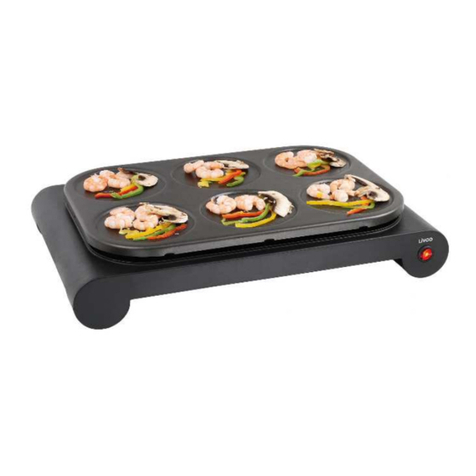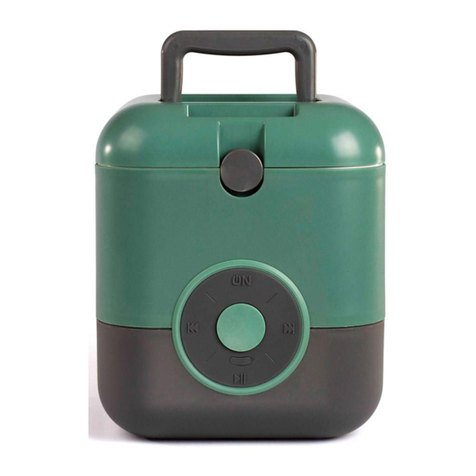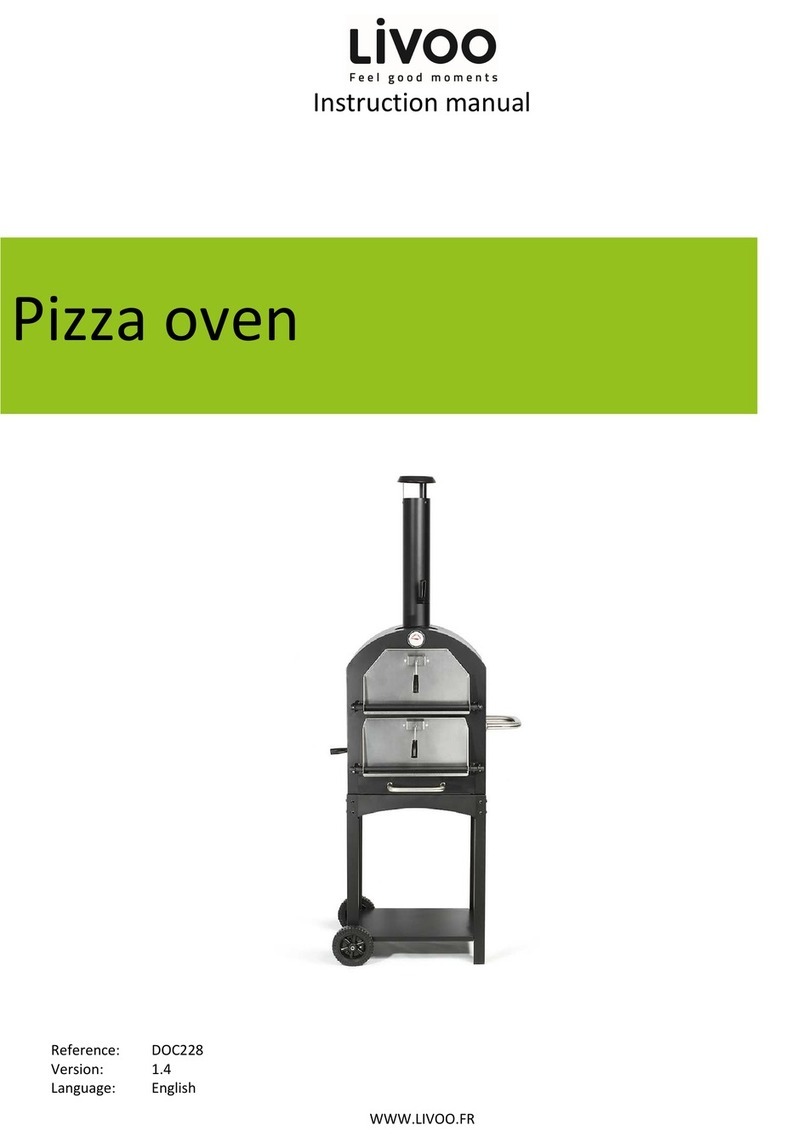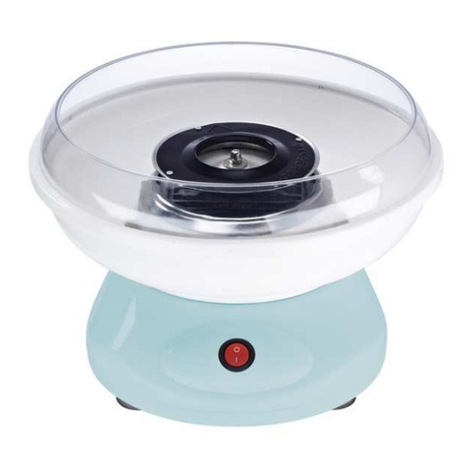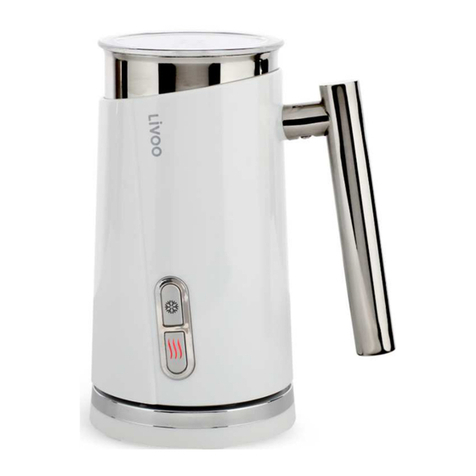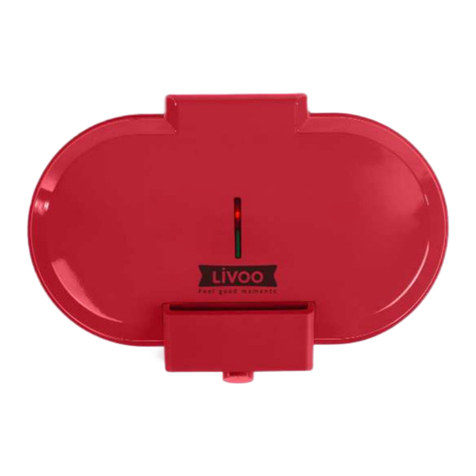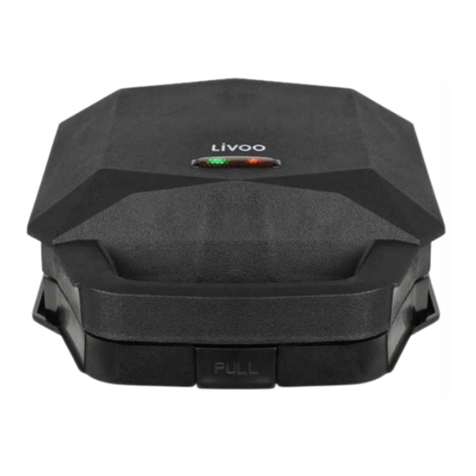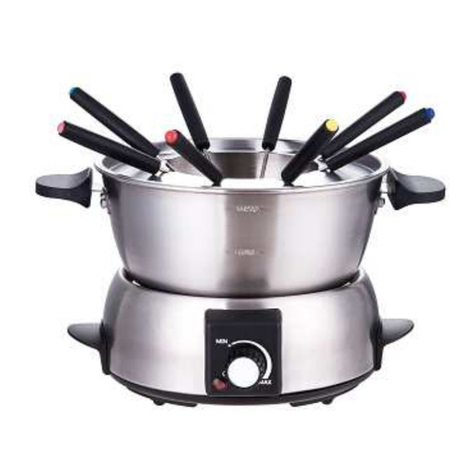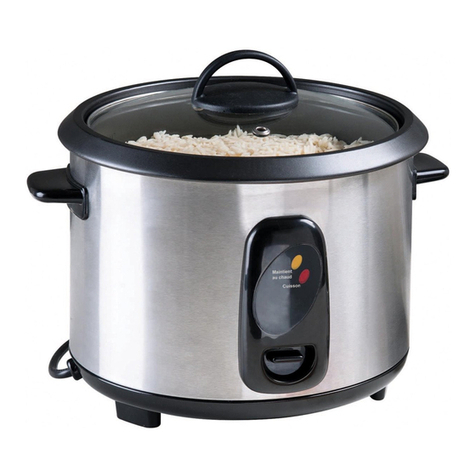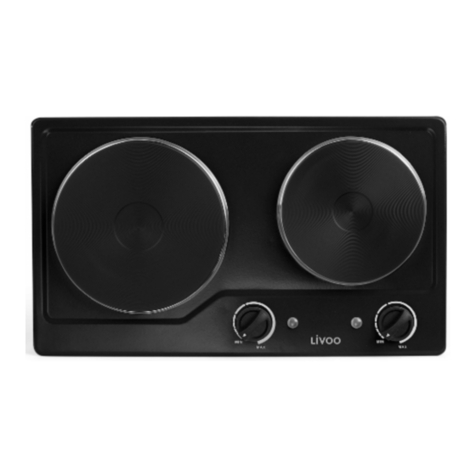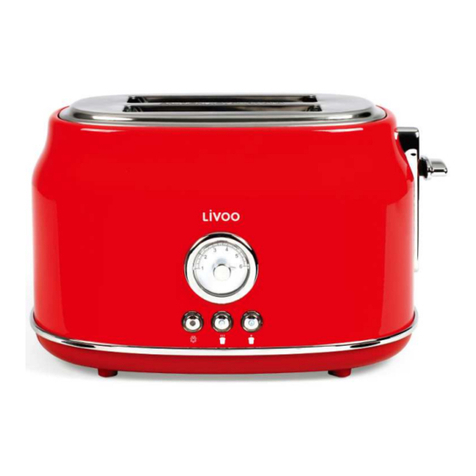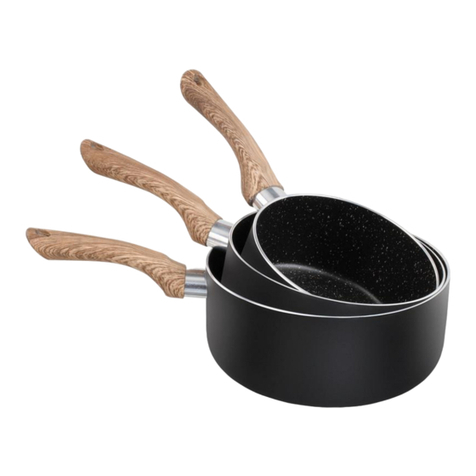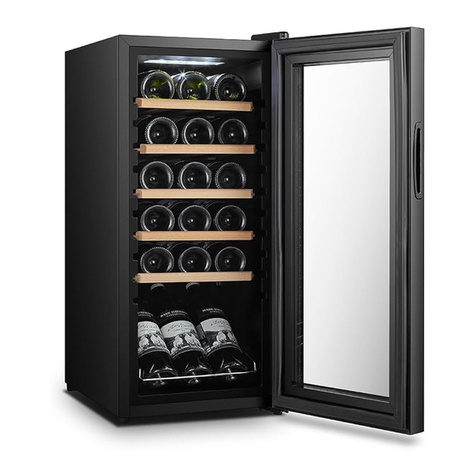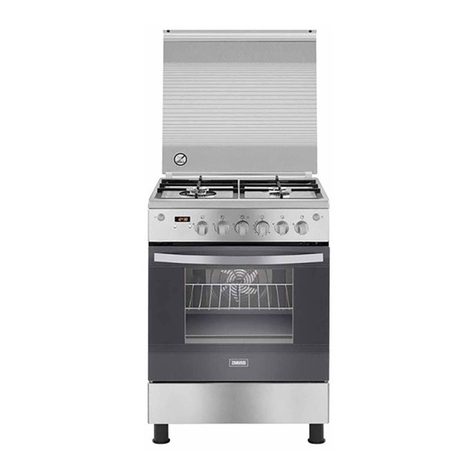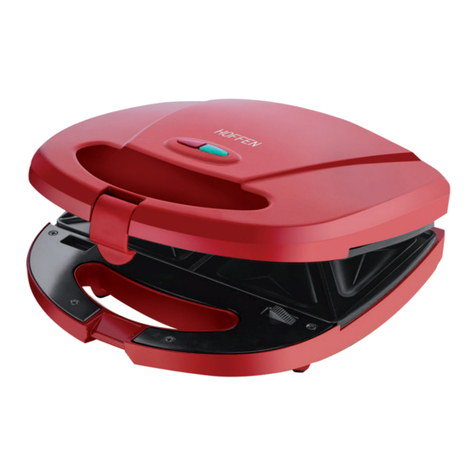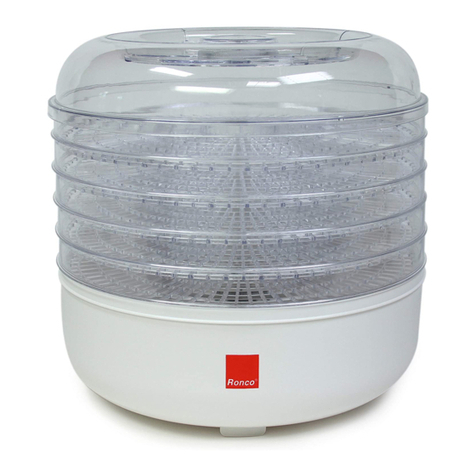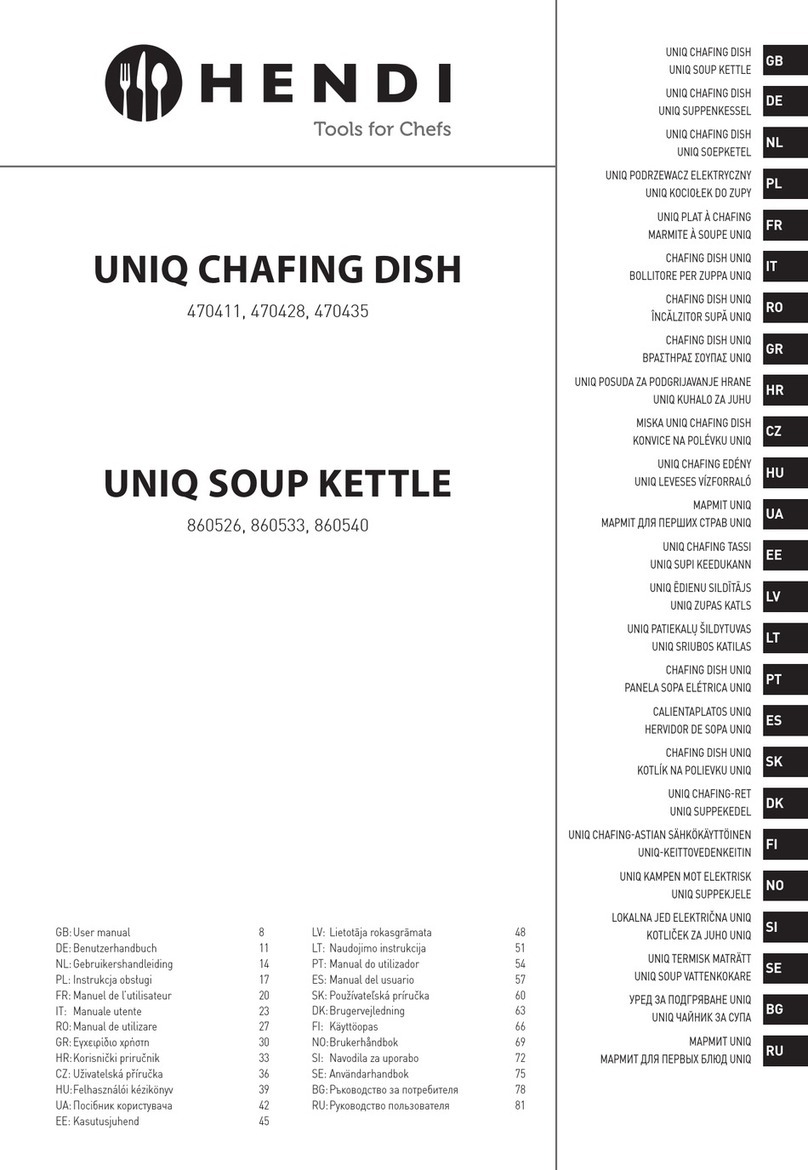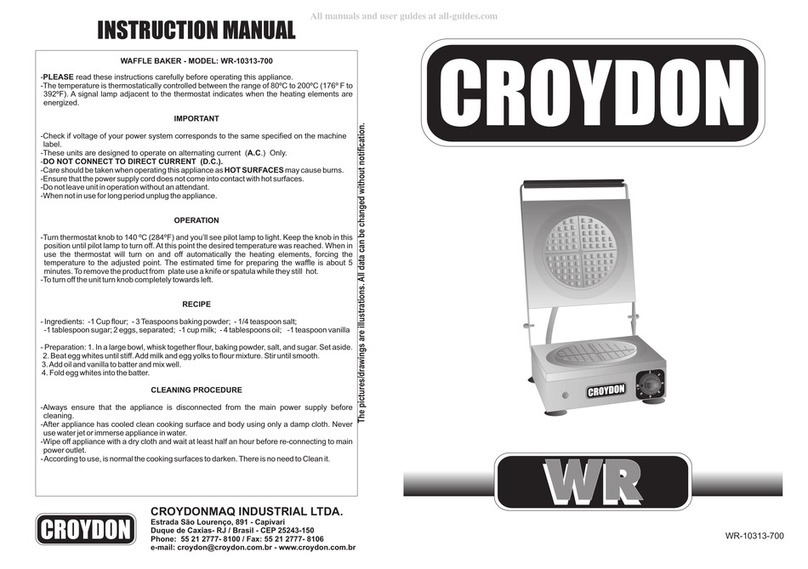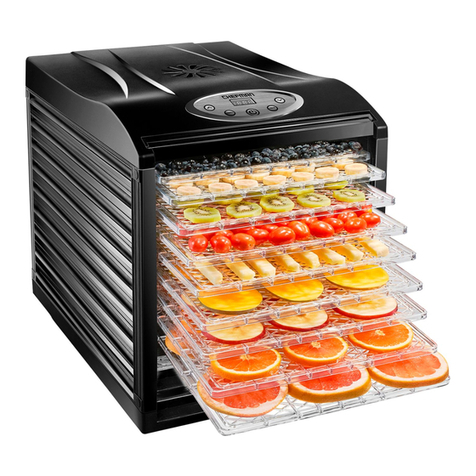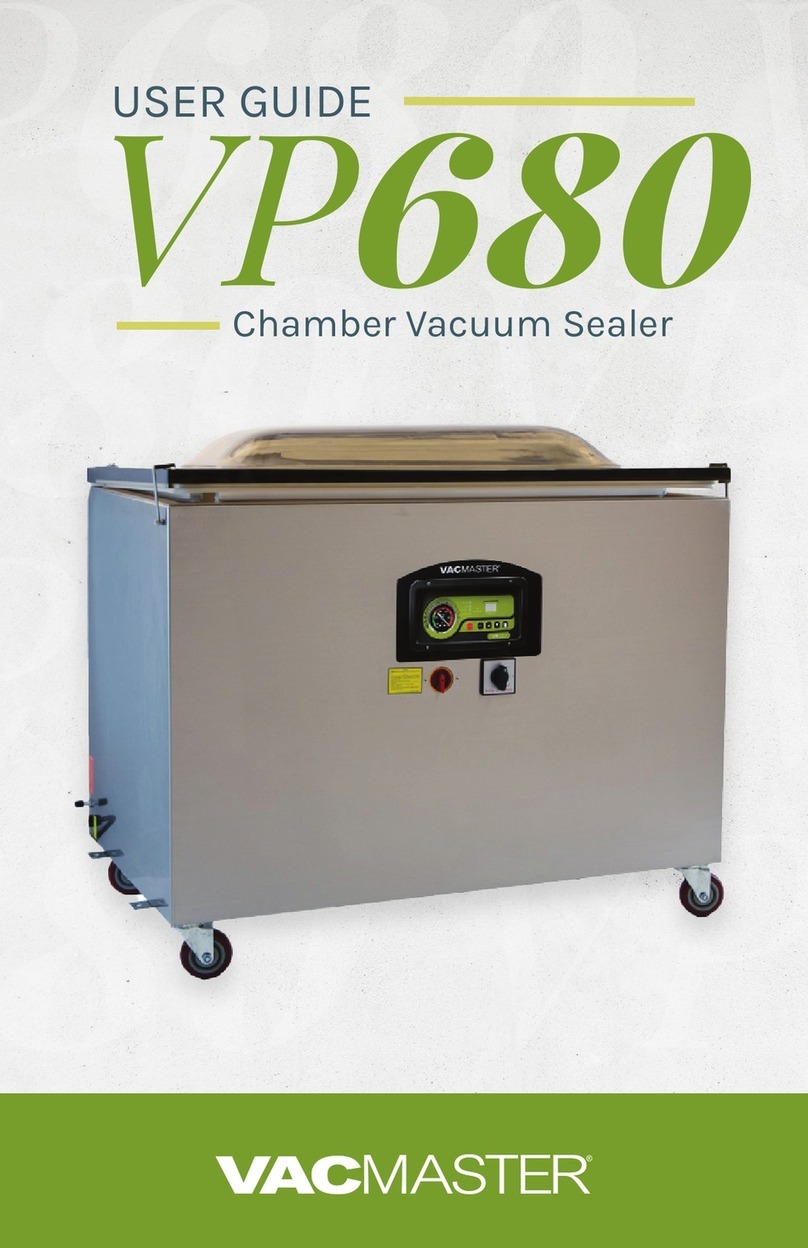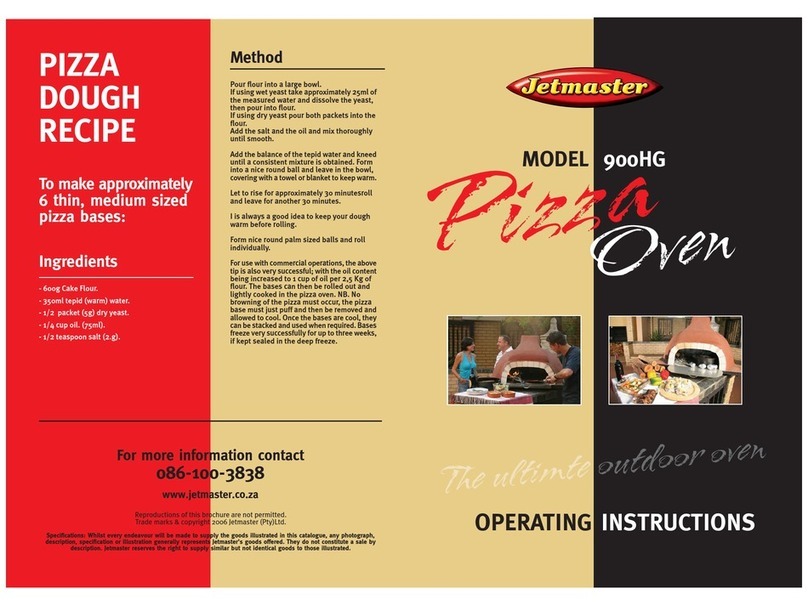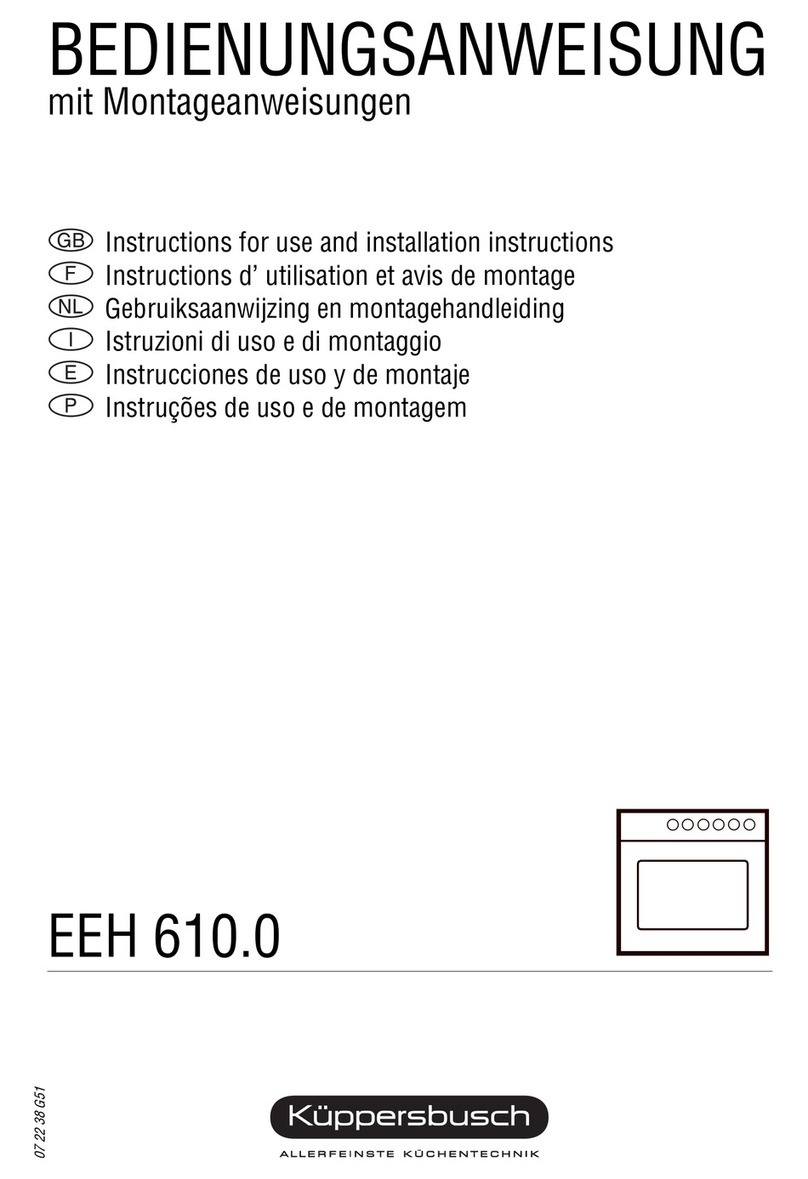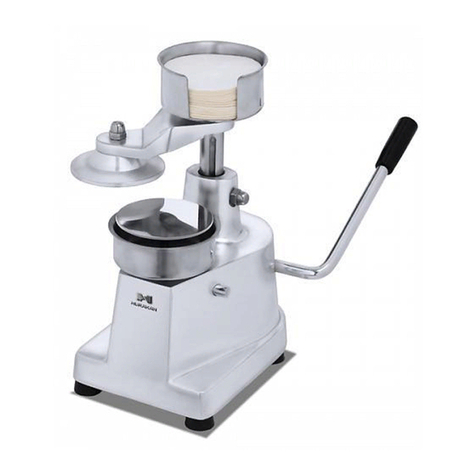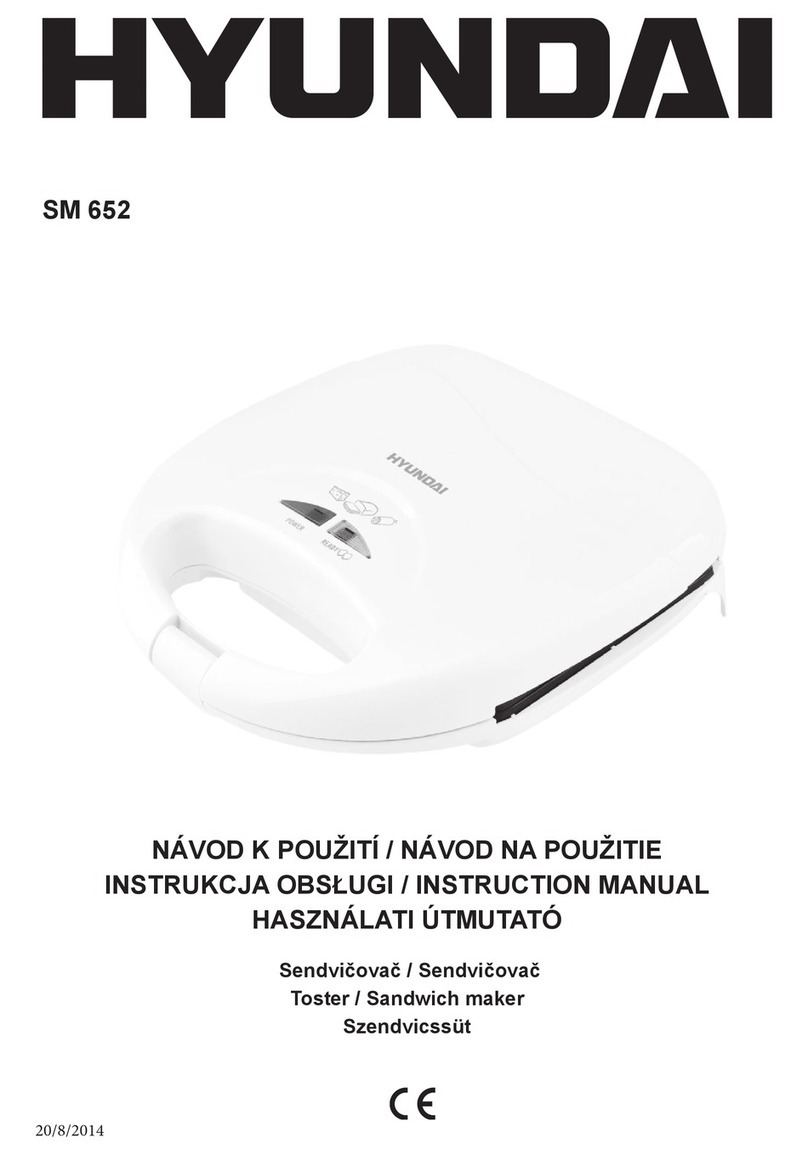
User manual
1
T ank you to ave purc ased a product brand LIVOO . We take great care in design, ergonomics and
simple use of our products. We ope t at t is product will give you complete satisfaction.
T is manual is also available on www.livoo.fr
GENERAL INSTRUCTIONS
PLEASE, TAKE TIME TO READ WELL THE INSTRUCTIONS FOR USE
PARTICULARLY BEFORE THE FIRST USE.
A misuse of t e appliance can damage it or urt t e user.
Assure t at you use t e appliance for t e use for w ic it is
designed; we refuse any responsibilities as for t e damages by
an incorrect use or a bad manipulation.
1. Do not work t e appliance longer t an 40 ours running.
After finis ing uninterrupted work of t e appliance during
40 ours, turn off t e appliance (t e switc s ould be in t e
position “OFF”), unplug t e appliance and let it cool down.
2. Improper use of t e appliance can cause its damage and
injury to t is user.
3. Use t e appliance only for its intended use and always
follow t e manual guidelines.
4. Unplug t e appliance w en it is not use.
5. Keep t e power base away from water. Do not switc on
t e appliance if its surfaces are wet.
6. If t e supply cord is damaged, it must be replaced by t e
manufacturer, its service agent or similarly qualified
persons in order to avoid a azard (*).
7. Unplug t e appliance before cleaning it.
8. Never yank cord to disconnect from outlet, instead grasp




